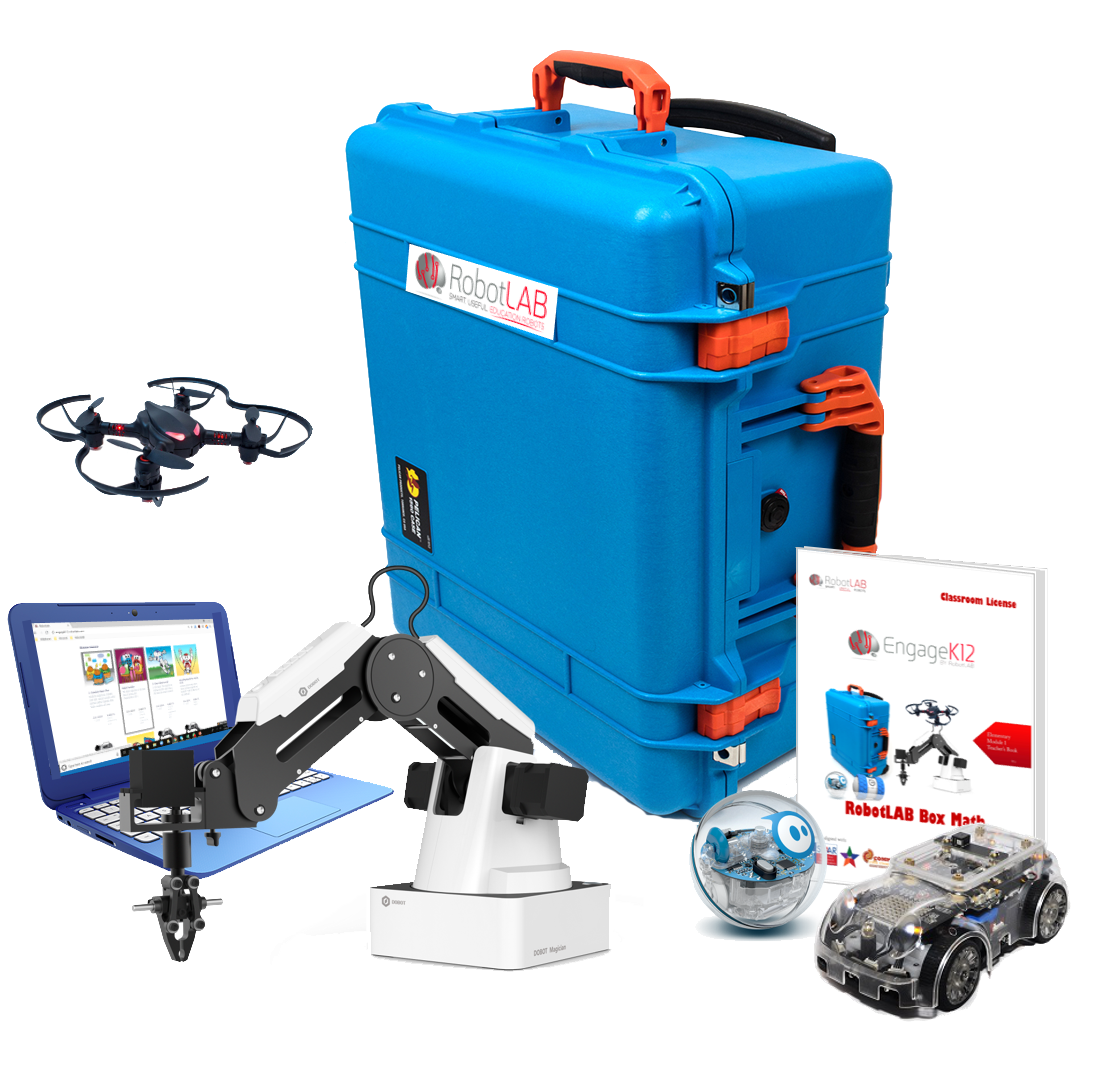 photo source: https://unsplash.com/
photo source: https://unsplash.com/
For math teachers who will have students learning at home next year, fostering a feeling of community will be as important as building skills.
Over this past year, teachers have been continually stressed about how to effectively teach students in different locations simultaneously so that the class feels and operates like a cohesive unit. My district has adopted a hybrid format where some students learn remotely all year, some learn in class (roomers), and the remainder do a little of both (alternate weeks in class). In my role as instructional math coach collaborating with elementary teachers, I’ve been asked to both differentiate instruction and bring students together to provide a sense of normalcy.
Moving forward, how can teachers continue to engage students and encourage learning in school and at home while also sustaining best practices in mathematics? Here are three instructional teaching strategies that promote building community and math skills with a focus on promoting cohesiveness, positive self-efficacy about math, and student achievement.
STREAMLINE MATERIALS FOR EASY ACCESS AT HOME
While online educational materials are definitely an essential option, it’s important to also offer parents print alternatives to online resources to ensure equitable opportunities for learning at home. Hundreds charts (to 100 or 120) are versatile and provide countless opportunities for learning and can be easily accessed online or drawn on graph paper. Either way, the charts can then be converted into game boards for different grade levels. Whether students are practicing adding up from any number or subtracting 10, they can use a hundred chart as a game board for flexibility and ease of access to play games that strengthen foundational skills in mathematics at home and in class.
Many math games are available online, and here are examples of a few I’ve shared with teachers and parents to practice math skills using a hundred chart with their elementary school children:
-
Race to 100 by beginning at 1. Rolling two dice (or using an online number generator), find the sum (or product) and practice with running totals. A player gets an extra turn if they land on a number that ends with a 0, switches with another player's place if they land on a number that ends with a 7, or skips a turn if they land on a number that ends with a 5.
-
For young elementary school children, use an online spinner to choose a starting point. Practice counting up and skip counting to 120 using the chart.
-
Find the target number. Use the random number generator to choose a starting number. Players earn points by marking the number that is 10 more or 10 less than the starting number. Continue for 10 rounds. This activity cultivates math fluency in young children.
Using standard game boards at home is another way to play math games that will expand interest in math that goes beyond the daily routine of the elementary classroom. In addition to a hundred chart, there are other standard math resources, such as easy-to-make number lines (also available online) and various sizes of graph paper that parents can use as game boards at home. Blank standard game boards are also available online at no cost.
BUILD A MORE SUSTAINABLE MATH COMMUNITY
Supporting regular communication that strengthens academics and also reaches beyond worksheet assignments or test prep contributes to building a more sustainable math community. Highlighting fun classroom activities and continuing that conversation at home sustains student interest and motivation in learning math while also solidifying skills and promoting achievement.
Pairing celebrating home involvement with engaging math can be as simple as students playing a game and capturing the “math moment” at home. I’ve collaborated with teachers to have parents send in photos of playing math games with their children. The photos are then organized into an online math slide show (set to music) for the class to watch. This fosters a cohesive, math environment both in and out of the classroom. During the follow-up class discussion, include dialogue about strategies for playing the math games. Additionally, teachers can inspire students to create their own games based on the standard game board and then share them with the class.
RESTRUCTURE THE MATH CONVERSATION
Transform the math dialogue by looking for a literacy-math connection. For example, ask students to reflect on the probability of winning after playing a math game at home. Then have them write a “critic’s review.” Beyond academics, create a “math scavenger hunt” where students identify ways that math is an essential part of their everyday routine at home.
It’s important to strive to create opportunities that establish a sense of community regardless of the learning platform—remote, hybrid, in class. Easy-to-implement strategies can help bridge gaps by establishing a dynamic that’s engaging for students, no matter where they’re physically located.
Discover More about Math with RobotLAB



